RAK joins the Climate Clock Network using the WisBlock Ecosystem
We are in a climate emergency, but there is a window of hope. Be part of the solution by creating your own Desktop Climate Clock.
There is no other Earth we can eventually migrate to in the future. There is no other planet nearby that offers us the living conditions of this one, and yet we are destroying it. This is why the blue planet needs us to change our mindset dramatically.
For Earth Week, RAKwireless team up with the Climate Clock green mission, seeking to highlight the critical window of action, to prevent the effects of global warming from becoming irreversible.
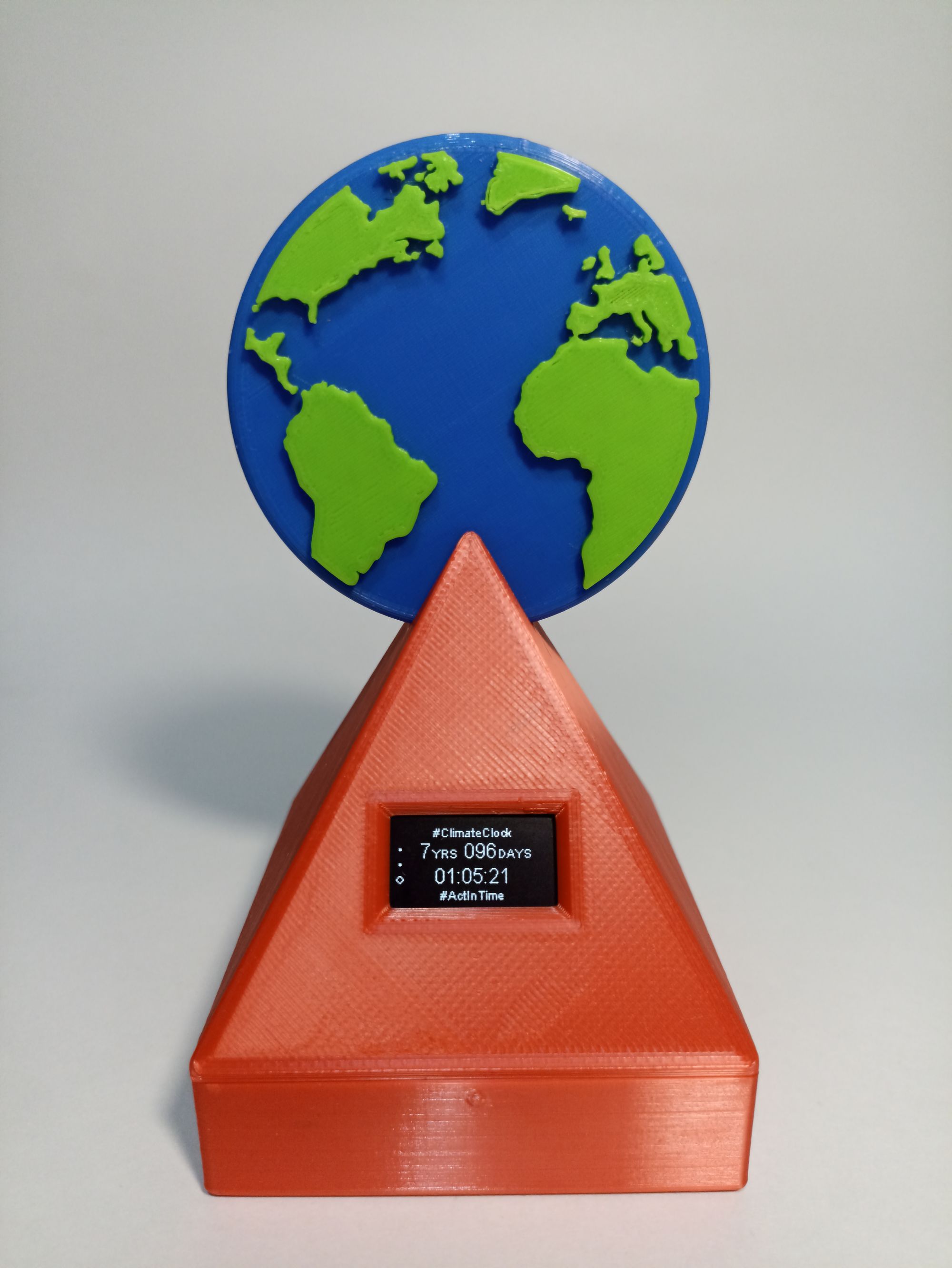
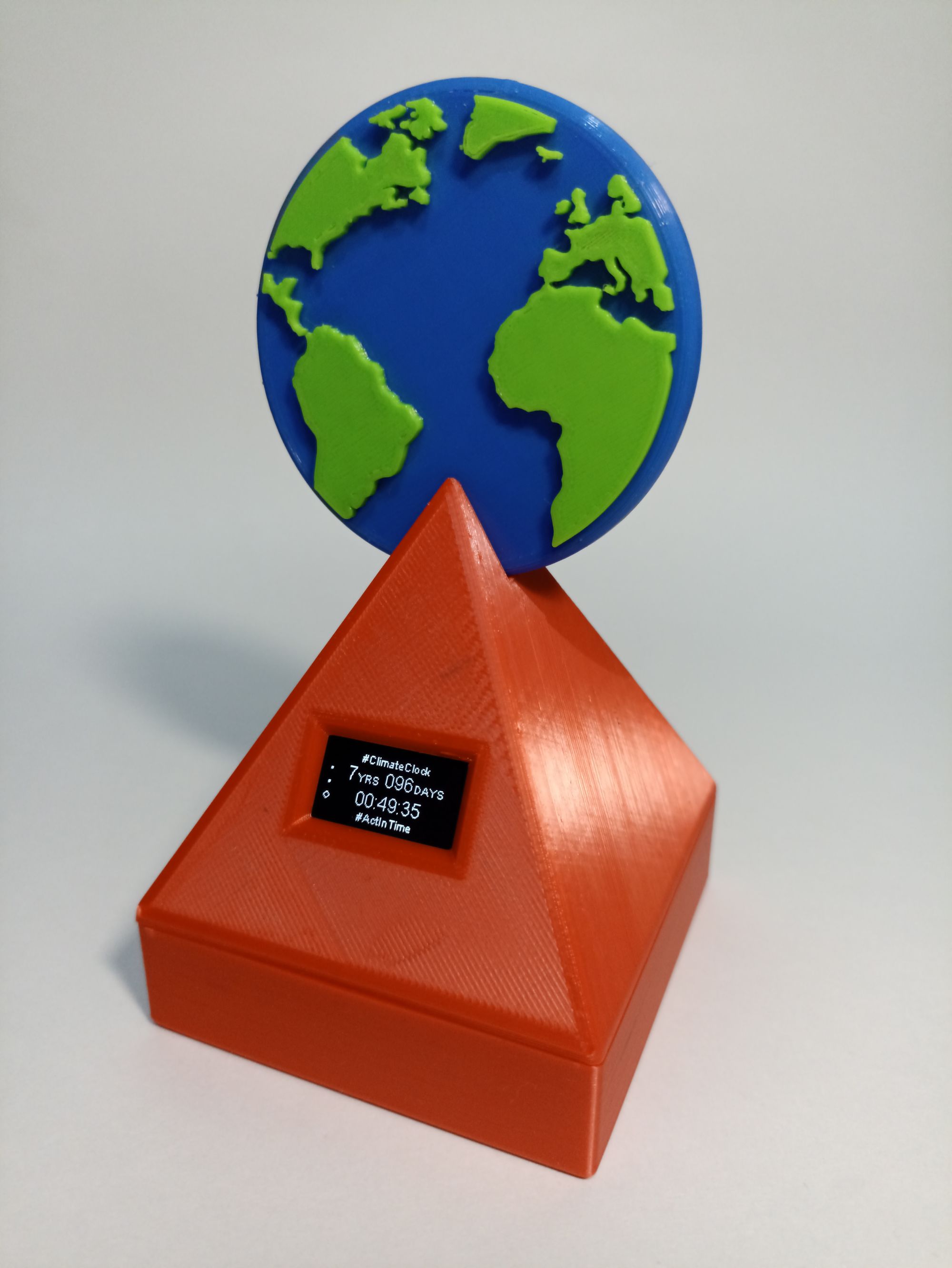
Time is key to prevent this changes, so you can now make the Climate Clock yourself in a customized prototype using the WisBlock modular open-source ecosystem. Following the article shared below, you'll find a guide full of resources, code, 3D printing design and modules to replicate your own Desktop Climate Clock easily.
What does it measure?
Since 1870, human activities have released so much greenhouse gases into the atmosphere, that we have already used up two-thirds of what is called our carbon dioxide budget.
Moreover, scientists from the Intergovernmental Panel on Climate Change have quantified a remaining global carbon budget capable of keeping global warming below 1.5ºC. But if we continue to spew harmful gases at the current rate, we could use up our entire budget by 2030.
The Climate Clock Deadline shows how much time we have left until this carbon budget runs out, given the amount of greenhouse gases we emit globally.
The clock continuously runs until it reaches zero, at which point our carbon budget will be exhausted, and devastating global climate impacts will be very high.
A Desktop Climate Clock similar to Greta Thunberg's
The clock —created by artists, techies, and activists across the world— displays a window of time for action to prevent the effects of global warming from becoming irreversible.
Some artists explained to The New York Times that before deploying their clock at the 14th Street building in the world's capital, they had made a portable climate clock for the young Swedish activist Greta Thunberg, just ahead of her 2019 appearance at the United Nations Climate Action Summit, where she laid out the mathematics of the Earth's carbon budget.
For this reason, through this collaboration, we highlight the need to act in time to reduce CO2 emissions. You can build your own clock and keep track of our remaining carbon budget.
We must act to reduce global greenhouse gas emissions to zero within this critical timeframe for action. Let’s reduce global carbon emissions and increase the time on the clock together!
As global warming is evident in remote locations and since it is mostly a matter of sea levels and coastlines, it is often forgotten. But the speed of change is indisputable. There is already a third more CO2 in the atmosphere than at any time in the last 800,000 years. (Ron Monroe, Carbon dioxide in the atmosphere hits record high monthly average, 2 May 2018)
How does it work?
The Desktop Climate Clock works using a WisBlock Development Platform. This is a fully modular and open-source hardware system, that allows anyone to create IoT solutions of different sizes, with various sensors or actuators, connectivity types and diverse interfaces. An ideal board to make any sensor for any industry.
Using this step-by-step guide, you can use different modules needed, attach them as lego-like blocks and build your own clock. While making it, you will also learn how the world of the IoT (Internet of Things) works.
RAKwireless WisBlock has a large ecosystem of sensors to measure temperature, humidity, gases, pressure, displays, motors, industrial channels, manufacturing plants, identification footprint, security and more.
Among this whole family of modules, the Desktop Climate Clock is made with the main base that allows connecting a communication/brain module (MCU), four sensors, and an input and output module (an additional sensor). The modules that connect to the main base are a WiFi module, a RTC and a display.
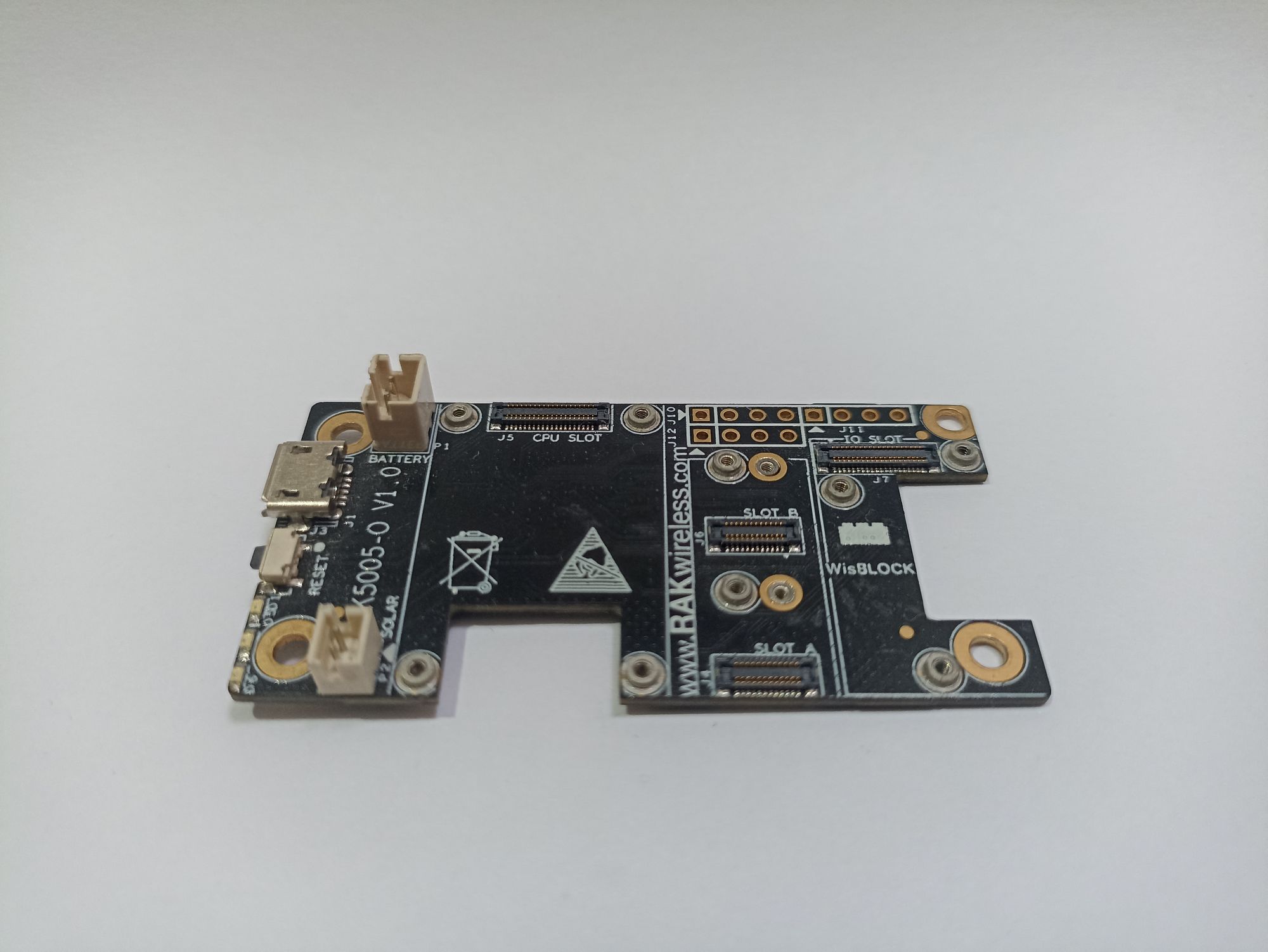
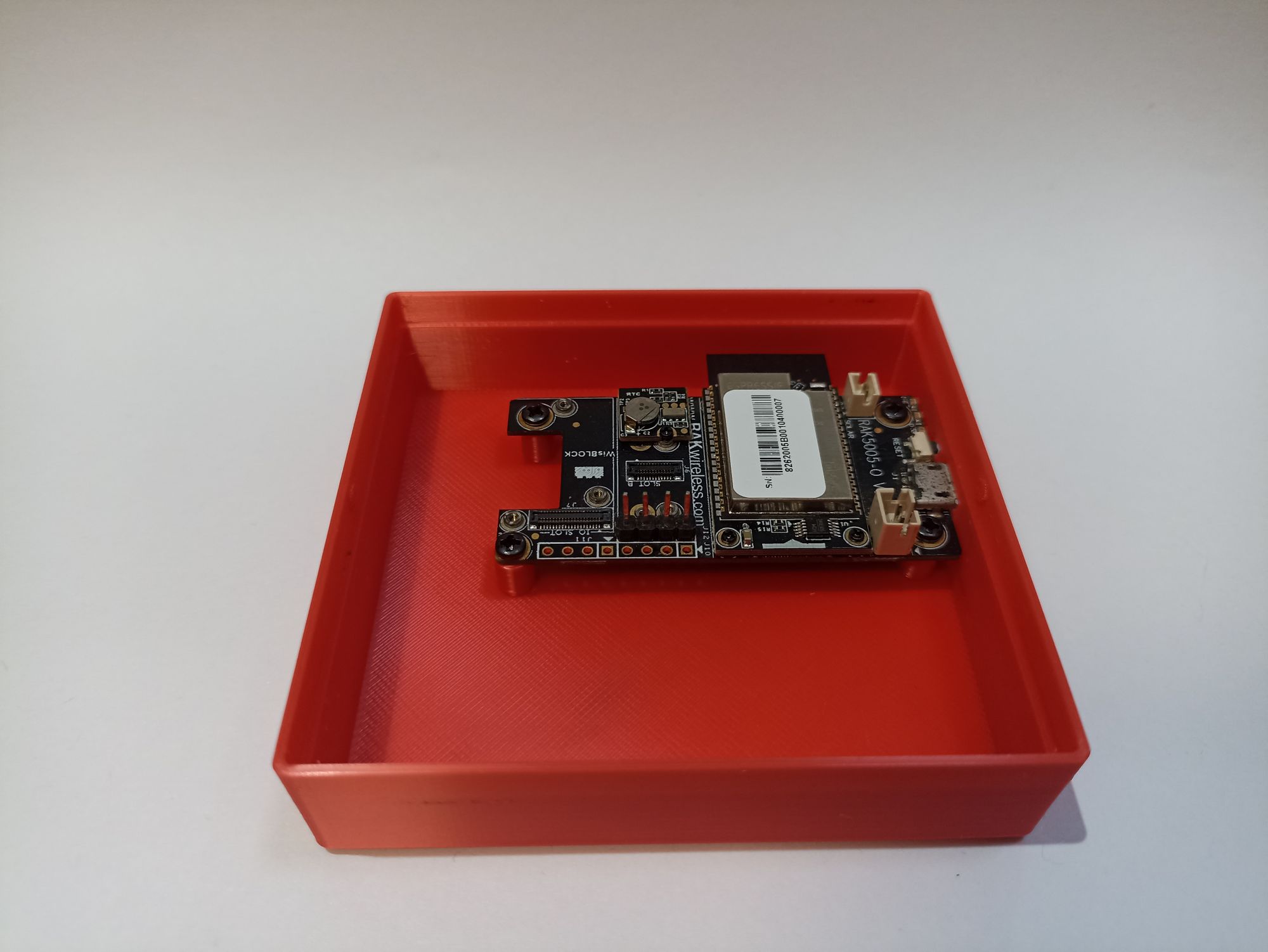
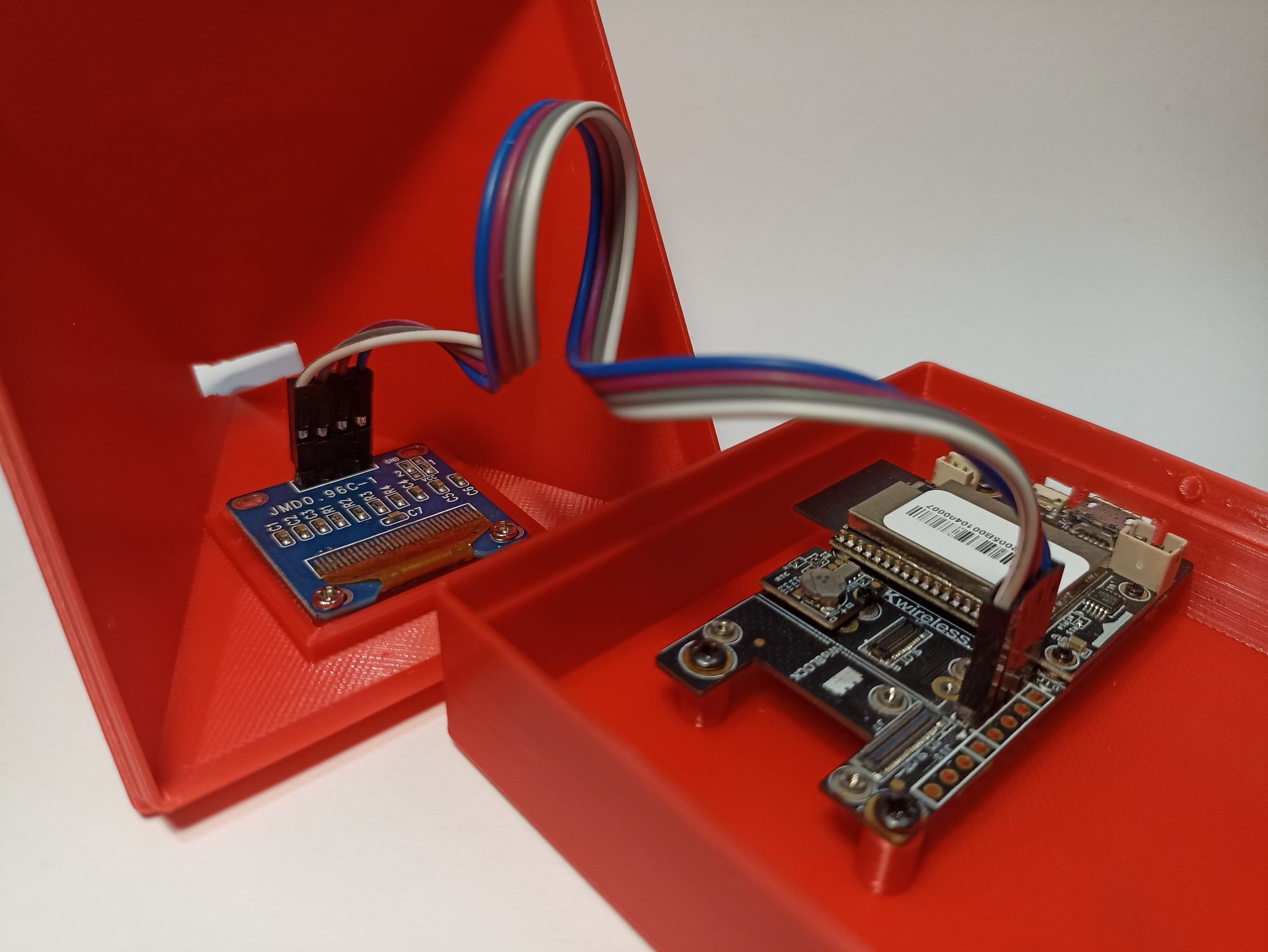
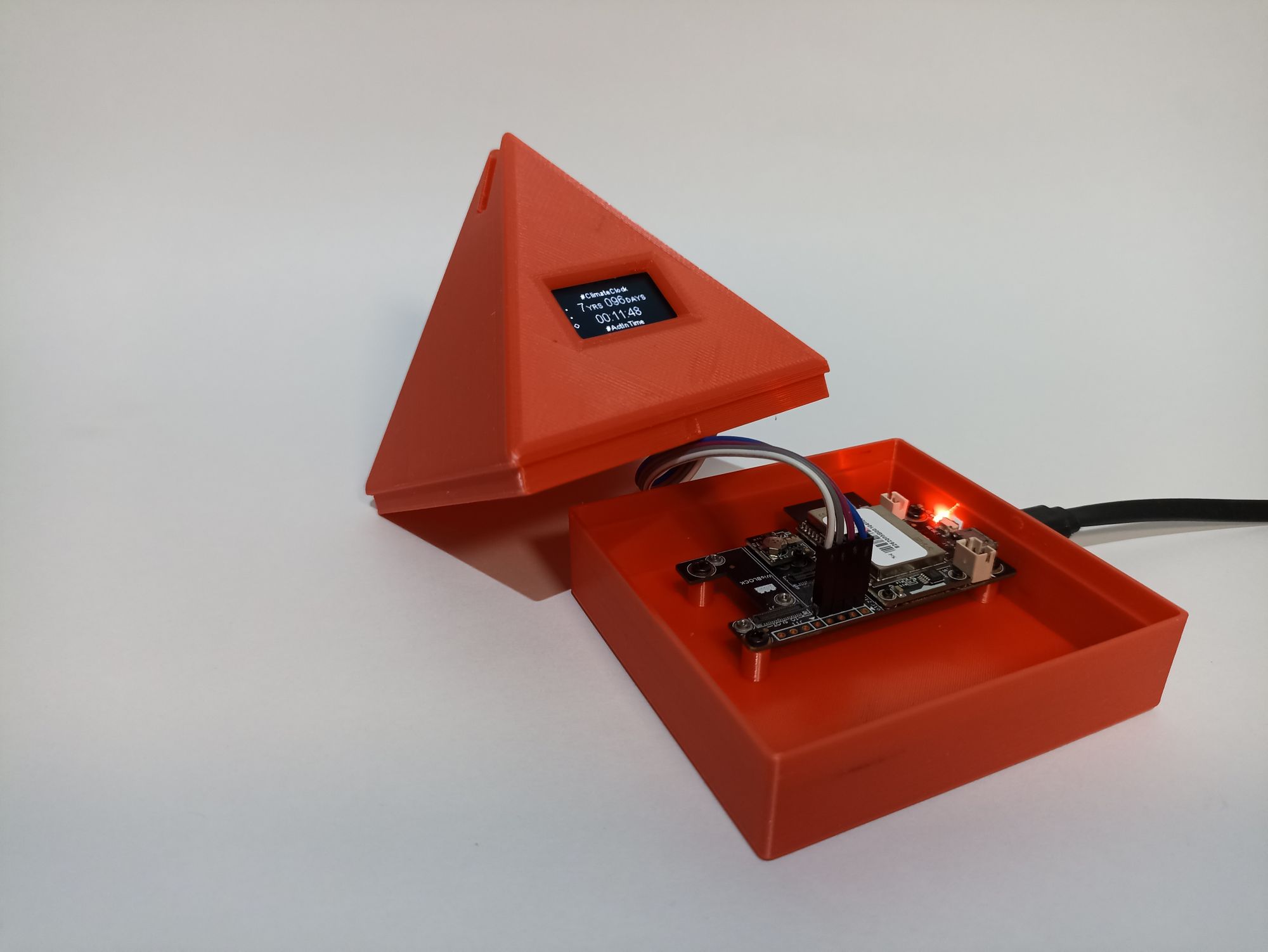
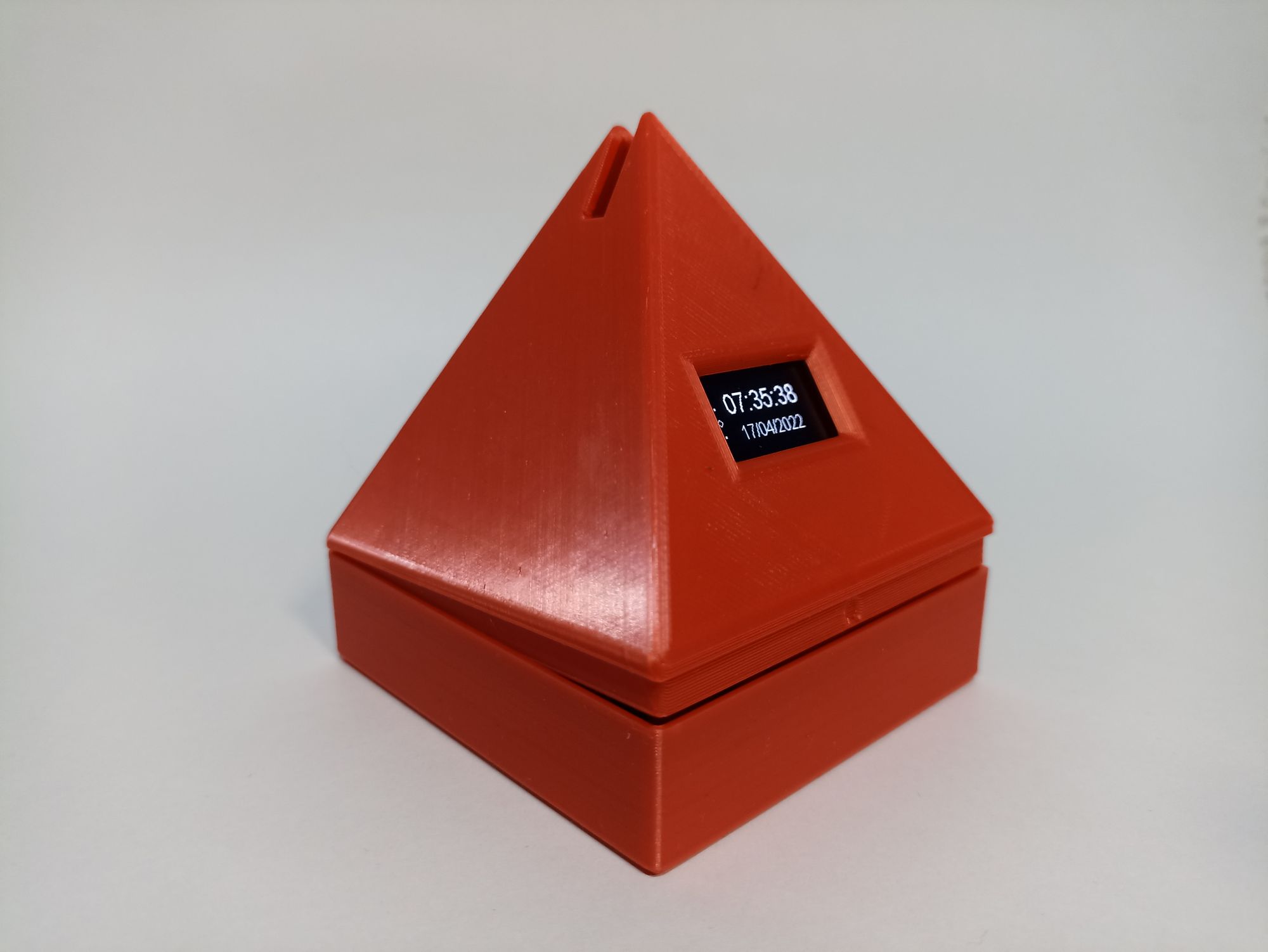
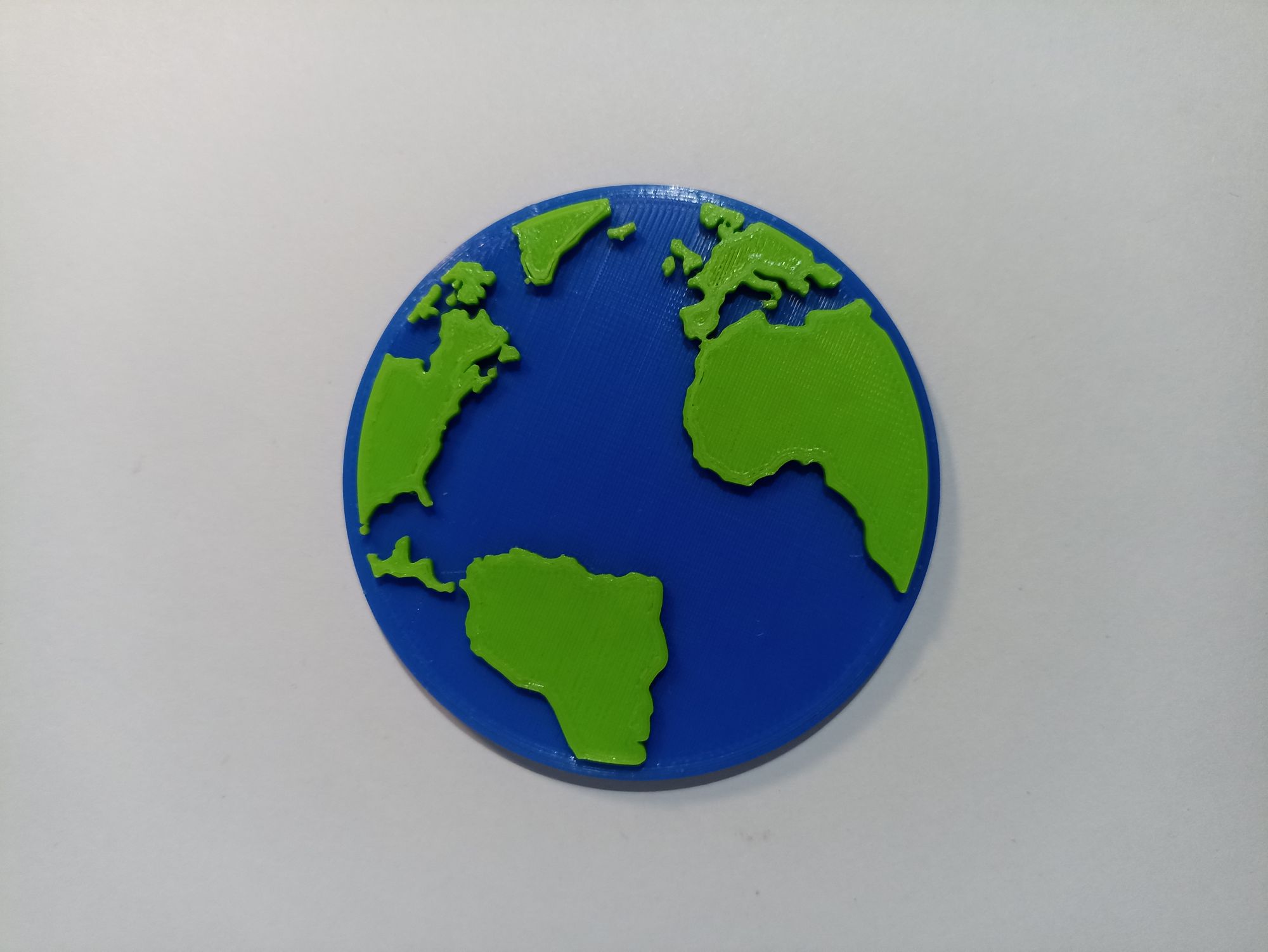
The WiFi communication module is the brain of the clock, like its CPU, and allows to obtain the data directly from the Climate Clock API. Additionally, the Desktop Climate Clock has an OLED display that shows the Deadline, which is based on analysis and date from the IPCC and the Mercator Research Institute on Global Commons and Climate Change.
The use of knowledge and technology, as responsible for CO2 emissions as other industries, applied wisely, allows us to develop different initiatives, considering the time that we have, seeking to stop a journey into the environmental abyss.
For example, in Medellín, Colombia, Uenergy collects metering data from solar energy projects and energy consumption through RAK7249 Edge Gateway. This with the objective to explore the clean energy value they generate, and inform investors on the platform about how their projects are generating profitability and sustainability at the same time.
To discover how the data is taken to run the clock, check out the Climate Clock's Science page.
Climate change is destruction we can stop
You can also help support the global Climate Clock campaign by making a donation. This money will go to grassroots groups who are using the clock to make a change in their own communities and countries. We are in a climate emergency, but there is still time to avoid disaster if we take immediate and bold action at the needed momentum and scale beyond what politicians have deemed politically possible.
In the next seven years, humanity has the best opportunity to implement proactive and transformative changes in our global economy to prevent global temperatures from rising above 1.5°C, a point of no return that science suggests will make the worst climate impacts inevitable.
So, let’s act NOW. Let’s #ActInTime. Please support the Climate Clock. And be part of the solution in every way you can. Thank you.





